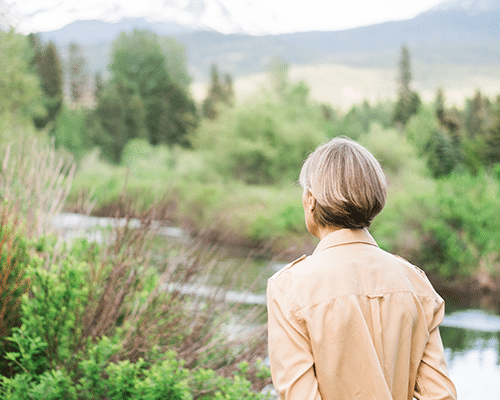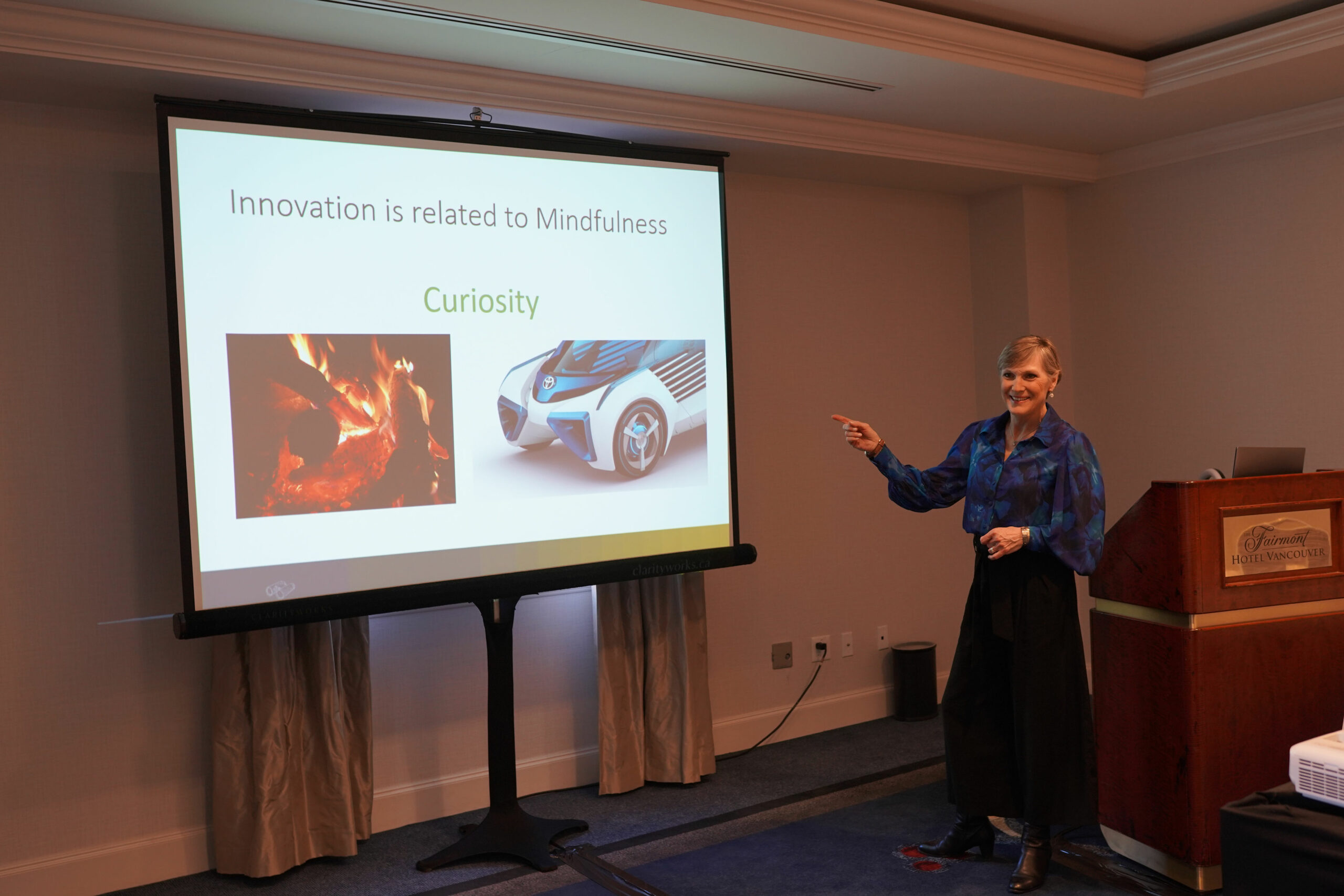Do you reach a point in your day or week when a little voice in your head says, “There’s so much going on, I can’t even think straight?”
You’re not alone in wanting to see through the fog of life’s pressures to a place that’s clear and calm.
We live in a world of expectations, distractions and competing priorities. The same technological tools that make our work and lives easier may also hijack our time and mindset. While we juggle responsibilities at work the ones we commit to in our communities and at home grow on our already long to-do-list.
“After this “storm” things will calm down,” is a frequent comment I hear from my clients. But life will always hold uncertainties and change.
If you’re like me…
Despite building up a healthy level of discipline around saying “no,” with kindness, there are times when I agree to requests that take more time and energy than I anticipate. Perhaps you know what I mean? Overcommitment is a common affliction that we “get it done” people share. Work responsibilities may leave less energy for personal and family plans. Our physical and mental wellness suffers too.
As I watch the clock tick by midway through the afternoon, I sometimes notice agitation growing. This shows up as tightness and pressure in my chest, my thoughts feel like they are scattered and my focus is not as sharp as it can be. I hear negative mental chatter turning in my head, “How will I finish the things I committed to for clients, and for my self?” The monkey in my mind is loud, and very distracting.
The practices in my Daily Mindset Guide act like my own “timeout” when the week feels way too full-on.
I am excited to share them with you.
Pausing (taking a grown-up “time-out”) during the day creates an opening for mindful clarity; where we become empowered to get off the runaway train of negative chatter.
Being mindful is simple – it is the quality of the way we pay attention in anymoment we are in. When we invite openness, kindness and curiosity to every experience, no matter what is arising, mental chatter can die down, the “calm in the storm” becomes accessible and our wiser self reappears.
During these windows of mindful awareness, a more discerning part of the mind is engaged. Emotional regulation is available, choice is informed by deeper clarity and broader insight. We tap into that place where the skills we value as leaders (as real humans) become available.
“Mindfulness gives you time. Time gives you choices. Choices, skillfully made, lead to freedom. You don’t have to be swept away by your feeling. You can respond with wisdom and kindness rather than habit and reactivity.” Bhante H Gunaratana
Distraction and change are constants in our world. The waves won’t stop entirely, but we can learn to flow along with them.
There has never been a more critical time to harness the power of attention and the potential of mindset. It’s as simple as a few minutes each day, no matter where you are.
Taking back the flow of your day can be as simple as the practices in my Daily Mindset Guide where perspective and calm provide the ability to tell the monkey in your mind to pipe down so you can think and act with clarity.
Empower your day by downloading my Daily Mindset Guide and discover more flow and fulfilment from the frenzy of everyday life.
I founded ClarityWorks in 2020 to support leaders and organizations to ignite human-centred workplace cultures. My mission is to enhance inner wellbeing and life alignment through applied resilience building programs and mindfulness based workshops that are accessible and practical for leaders and teams in workplaces everywhere.
My approach brings a UCLA certification in mindful leader together with neuroscience, and practical tools to inspire leaders and organizational teams to find CLARITY, prioritize balance, work in alignment, be discerning about energy and choices to connect to that place everyday that feels resilient and more fulfilled than depleted.






